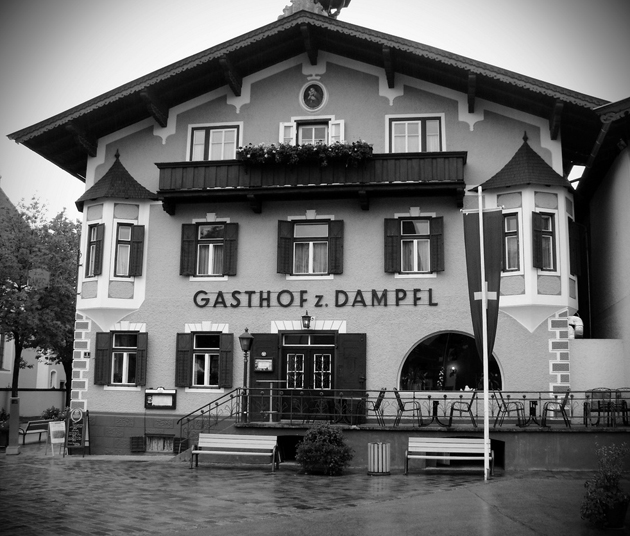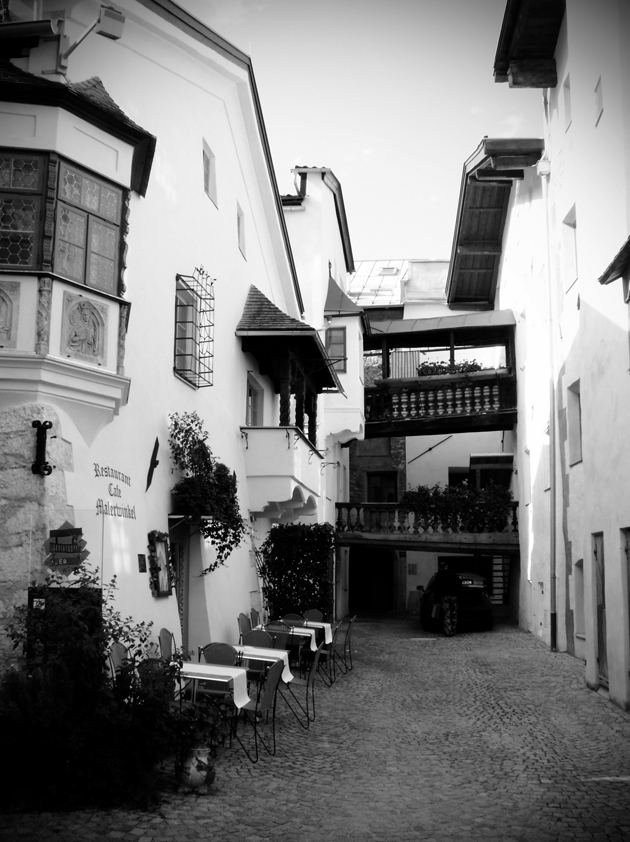On the Dark Side of Austria
It’s not the first time I hear about a city that for a part of the year stays in the dark, because of its geographical position. Generally, this is not a welcoming detail for the people who would decide to live there, but for a tourist, this represents a motive of fascination. Rattenberg, which with its 440 citizens is the smallest Austrian municipality that can embellish of the name of “a city”, was built in 1393 by Bavarian duke Stefan III in the shade of the mountain of the same name. The mountain defended the city from attacks, but it has always been, and still is, the cause of the almost total darkness that hides Rattenberg for six months in a year. The idea of building rotating mirrors on the rocks to reflect light and direct it towards the city, has never been put to action.
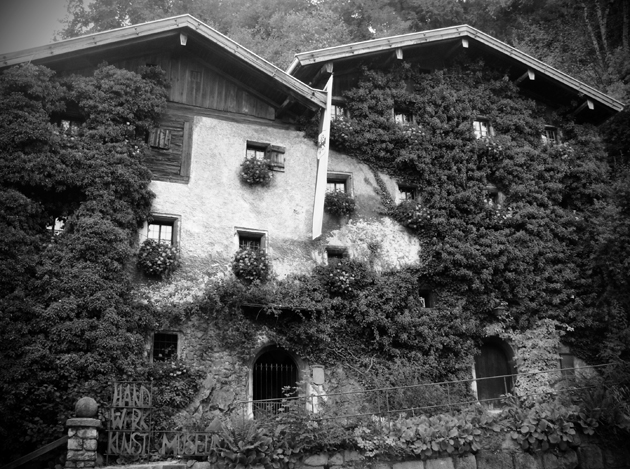
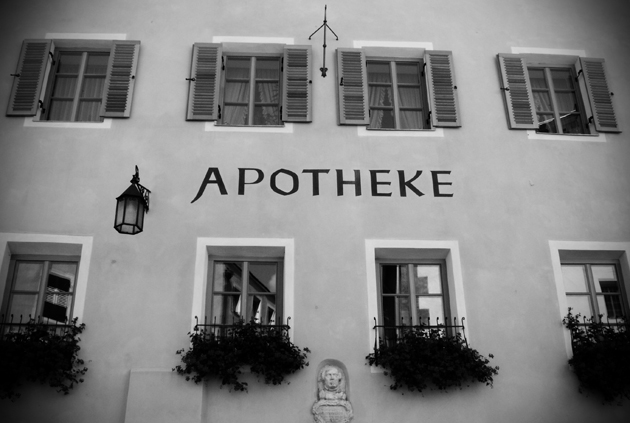
So, especially during winter, Rattenberg becomes a postcard-like venue: it lights up with candles and torches, its shady alleys fill up with snow and make you imagine how the city could have looked like centuries ago, when citizens were in two thousand, the silver mines near were in the whole of their utilization and the hundreds of people were sailing on the river Inn, that runs along the city walls, stopping by and crowding the pubs and brothels of the city.
Today Rattenberg is not that alive as it once was, a major part of its 440 citizens are aged but, especially during the summer season they receive groups of tourists who visit the famous small shops in which artisans work glass and walk along the narrow alleys photographing the Inn-Salzach style built houses, that consist of the union of the neighbor houses, creating the appearance of a unique architectural complex. Nagelschmiedhäuser, old private residences transformed today into the Museum of Craftmanship, are the most important evidence of this.
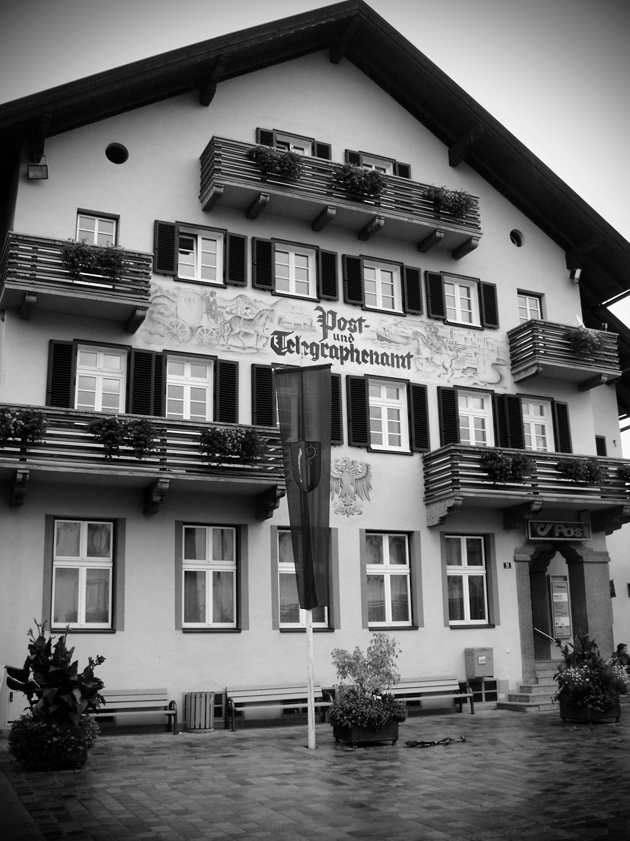
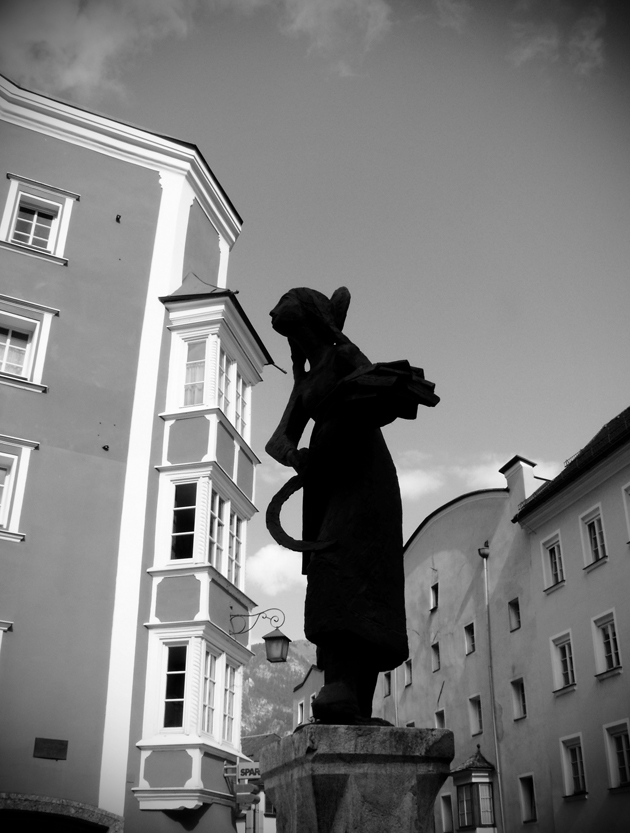
If you want a taste of The Lord of the Rings kind of location, climb on the mount of Schlosseberg Castle (there’s an elevator, if you don’t want to struggle) and enjoy the view, especially the theater used in summertime for outdoors performances. Even if you aren’t that enthusiastic with sacred architecture, enter in the baroque style Church of Saint Virgilio, really large for a small city. I visited it on the eve of the Sunday before Easter, and what attracted my attention, apart from frescoes, was seeing three youngsters who carried in boxes containing music stands that would be used for the concert of the day after. Then, on my way to the hotel, I saw another boy darting on a skateboard under the statue of Saint Notburga, the patron of Rattenberg. Maybe for the contrast between sacred and modern, old and new, I found myself smiling. The boy on the skateboard said hello to me and flied off, while the sun went quickly down in this part of Tirol, and the shutters were pulled down one by one.
